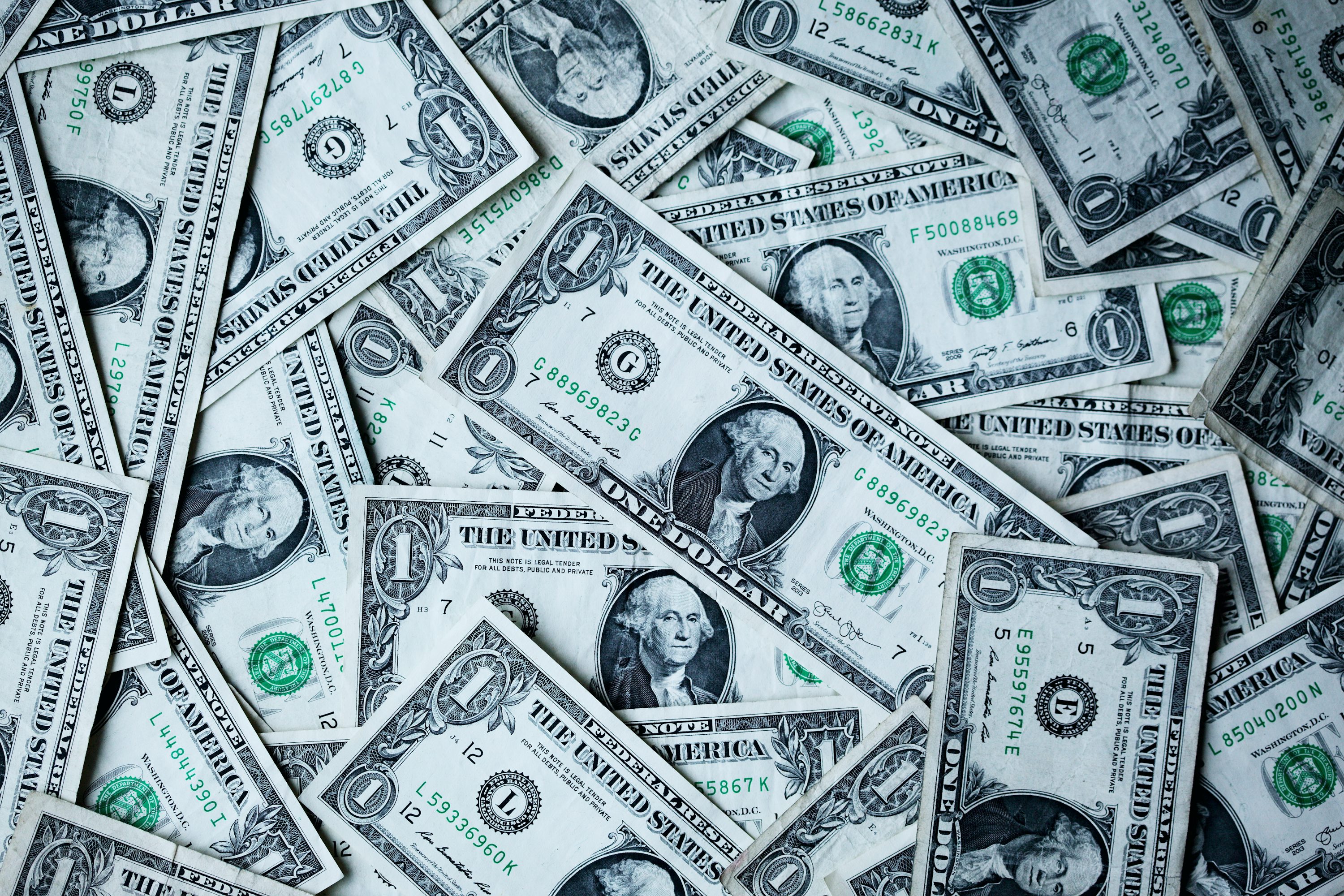Why ChatGPT isn’t ready for Super Bowl ads—despite exciting creatives
This AI bot can come up with creative ideas in seconds to help write commercials, briefs and viral videos.

Ad creatives are turning to ChatGPT, the AI-powered text engine, to generate ideas for brands, write rapid-fire briefs for clients, play around with ad copy, and come up with TikTok sketches. But it's not quite ready to write Super Bowl commercials yet.
ChatGPT, developed by machine learning research startup OpenAI, is part search engine and part idea maker. The chatbot takes queries, like “write a recipe for chicken” or “explain Newton’s Third Law,” and spits out answers for a simple baked chicken dish or a Wikipedia-style writeup about basic physics. (Newton’s Third Law states that for every action there is an equal, and opposite, reaction, blah, blah, blah.)
There already has been a seismic reaction to ChatGPT among technologists.
At its most basic level, the chatbot seems like a search engine, but it can be more sophisticated than that, giving ad agencies a new place to spark ideas. Craig Elimeliah, chief experience design officer at agency VMLY&R, has started using ChatGPT and AI-art generators, like Dall-E and Midjourney, as part of his daily routine.
“This gives us such an advantage to at least create something that is a point of departure,” Elimeliah said in a recent phone interview, “a concept that we can put in front of our clients much faster than we could do in the past.”
Before anyone suggests ChatGPT is writing pristine ad copy, or that it’s ready to replace ad agencies, it's not. “It’s going to make the good people better,” Elimeliah said, “and I think it’s going to actually weed out a lot of the people who think they can use it as a free ride.”
“The computer doesn’t have taste,” Elimeliah said. “You still need to have good taste. You need to have good timing.”
Machine versus hand crafted
Anytime AI comes up as a concept, there is a fear that machines are going to take over professions once reserved for humans. ChatGPT has been in the headlines in recent weeks after Microsoft put $1 billion into the project. The tech giant thinks AI could help it compete with Google. Microsoft has designs on putting ChatGPT into Bing search, and other services.
There also have been concerns that ChatGPT could quicken the pace of disinformation. In the wrong hands, the chatbot could possibly create fake news, which nefarious actors could distribute online and on social media. (For the record, when ChatGPT was recently asked for a “NyQuil and chicken recipe,” to test if it would assist in one of last year’s risky viral crazes, which caused a brief scare on TikTok when a few people made videos sauteing chicken in cold medicine, the bot refused to return a result. “I’m sorry but I cannot provide you with a recipe … Ingesting NyQuil or other medications through food can be dangerous or potentially harmful,” ChatGPT said.)
The chatbot works by crawling through thousands of websites, and its developers have restricted the bot to only search for information up until 2021. That means the machine is not always up to date on the latest news. The bot also has limitations, in that it can return information that sounds official, but does not meet the highest scrutiny. OpenAI says as much on its website: “ChatGPT sometimes writes plausible-sounding but incorrect or nonsensical answers.”
Related: See Mint Mobile's ad created with ChatGPT
That doesn’t mean the AI is unimpressive. For instance, VMLY&R recently used ChatGPT to help craft a manifesto—an in-depth mission report—for a financial brand, Elimeliah said. The bot was used for “internal conceptual stuff,” according to Elimeliah. “I could unload my brain on ChatGPT,” Elimeliah said, “and it got back to me with awesome snippets and inspiration.”
Creatives can ask ChatGPT to write a quick ad, but the input must be descriptive. For instance, simply telling ChatGPT to “write a soda commercial” returns a generic idea about people grabbing for a soda on a beach and the tagline: “Ice-Cold Soda: Refreshment for any occasion. Try it today!”
Creatives need to give ChatGPT more explicit instructions and refine their queries to squeeze out more useful ideas, Elimeliah said. Elimeliah gave one example of how he might use it, telling ChatGPT to set the tone of the commercial “in the style of a Martin Scorsese film,” to star Natalie Portman as Thor and Ryan Reynolds as Deadpool, featuring the characters in a dance battle. In one iteration, ChatGPT writes a commercial with a setting on a Marvel-type planet, where the two characters engage in some banter, before Portman, as Thor, busts into ballet moves to win the dance contest. ChatGPT suggests a new cola flavor called “electric blue lightning.”
When asked to come up with “creative ideas for a TikTok video 15 seconds long that’s funny for RC Cola,” ChatGPT suggested using the 1998 song “Horny,” by Mousse T., replacing the titular lyric with the word, “thirsty.” In that case, the lyrics in the RC Cola TikTok video would say, “all night long, I’m thirsty.”
Robot co-working
“If it’s not partnered with smart marketers, it’s not going to do much,” said Emilie Gerber, CEO of Six Eastern, the communications agency. Gerber has been using ChatGPT to help write fast copy for clients in her role as a PR professional.
“A tool like this could potentially accelerate the amount of content we could produce,” Gerber said. “Clients are looking for ongoing blog posts, thought leadership, LinkedIn articles. So, we would use it, say, to come up with ideas for clients to help develop those pieces.”
ChatGPT does raise questions about plagiarism and highlights the need for people to disclose their methods, Gerber said, but it’s not any different than being meticulous when using other tools. Creative professionals use stock art and search engines for some of their work, and ChatGPT feels like an evolution of that. “Almost think of it as search engine,” Gerber said. “Just a very, very smart search engine.”
Deloitte Digital is already consulting with major corporations about the potential to use OpenAI and ChatGPT. The version of ChatGPT that is available online is just the first iteration of the tech, according to Scott Mager, U.S. chief marketing officer of Deloitte Consulting. “What you’re using is just the public sandbox,” Mager said in a recent phone interview. “The real power of this technology is when companies start to build their own sort of AI sandboxes on top of the OpenAI platform.”
AI will transform businesses when companies feed all their data into the application, Mager said. “What can happen if an organization puts every document they ever created into this large AI model,” Mager said. “It will allow employees to start querying that to create.” The AI will become more advanced in developing ads and conducting other work for companies, Mager said.
Beyond text
ChatGPT, Dall-E and creative AI is “fun to play with but it’s not yet at the stage where it has a really convincing commercial application,” said Ian Liddicoat, chief technology officer at Adludio, a mobile advertising tech firm, which uses machine learning techniques in ad targeting. ChatGPT is capturing the hype cycle of the moment, just like Dall-E did last year with AI-generated art, but the applications are still nascent, Liddicoat said.
Chatbots have been around in marketing and advertising for years, but they have been limited in how they respond to people, as brands deploy them in messaging apps and on their own websites. Consumers run into the limitations of chatbots every time they try to communicate with one on an airline’s website, for instance. Responses are rote and the machines are often unhelpful.
Still, with advances in AI, those differences between human and computer interactions will become less obvious, Liddicoat said. AI could also help power digital ads in an even more sophisticated way. ChatGPT, or a variation on that technology, could help brands create custom content within seconds, which could make ads more effective. Brands could use the technology to program their websites to return more relevant and personal content to visitors.
ChatGPT and other AI tools will join forces, so that machines could create video, texts and sounds on the fly, in ways that will cater to each consumer, Liddicoat said. “Chat GPT is primarily a text mining capability, not object detection or computer vision,” he said. Computer vision is an AI technique that analyzes images. “For this to become interesting, those techniques need to start to converge.”

 Konoly
Konoly 
































